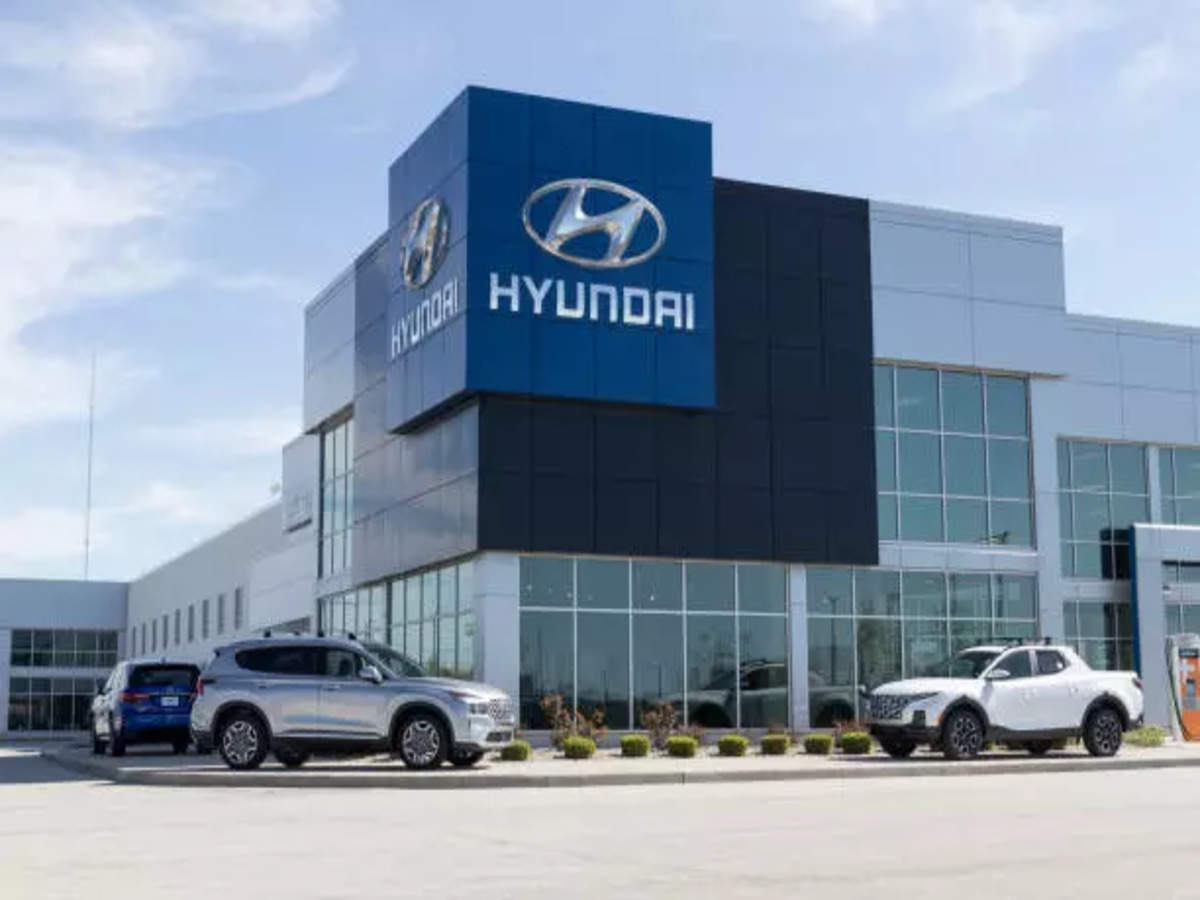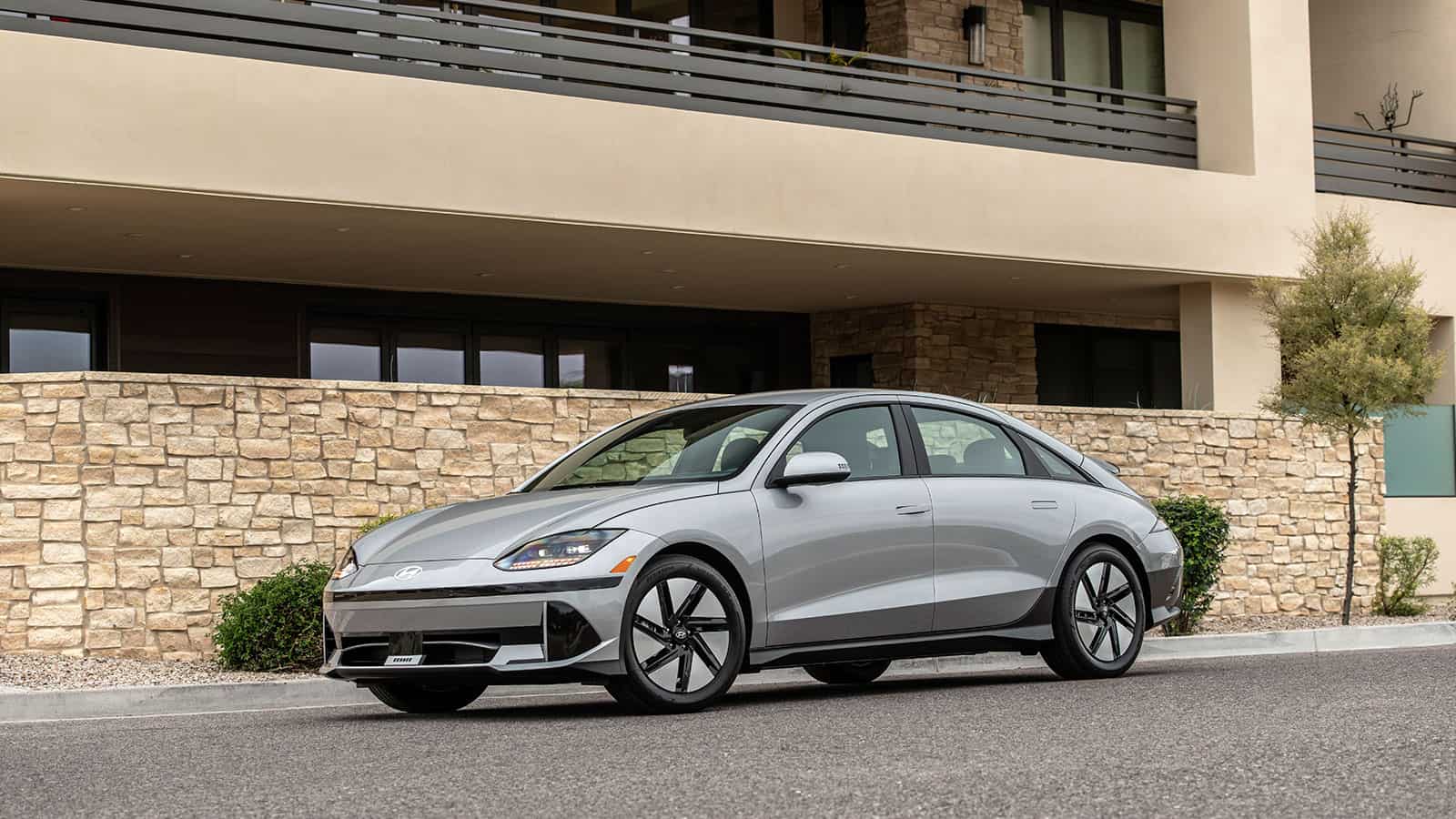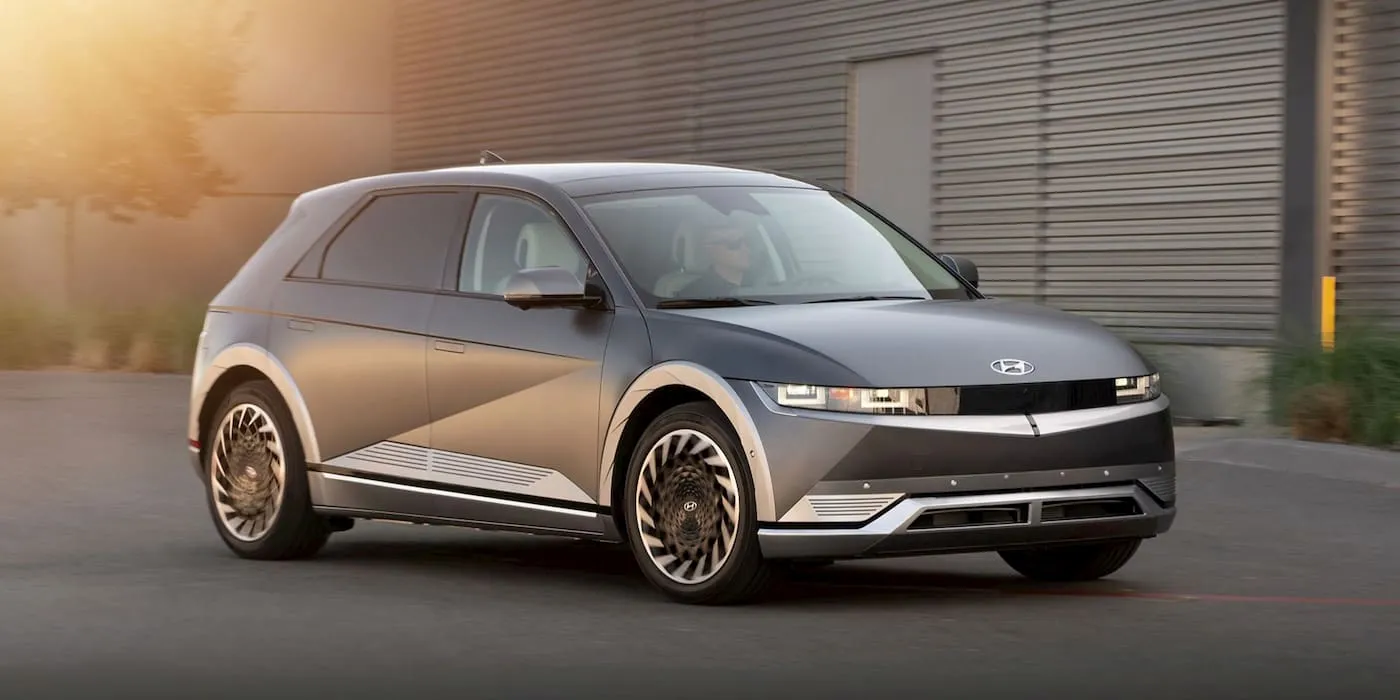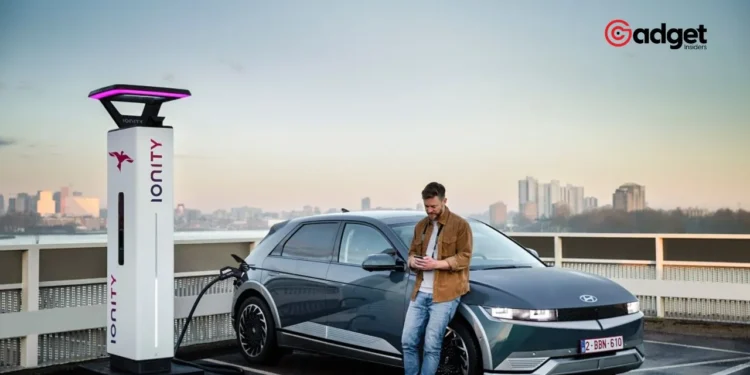Despite a notable slowdown in electric vehicle (EV) sales globally, Hyundai Motor America is taking significant strides to solidify its position in the electric market. The South Korea-based automaker is set to invest a whopping $7.6 billion in a new dedicated manufacturing facility in Georgia. This move comes at a time when many automakers are scaling back their electrification efforts due to challenging market conditions.
Hyundai Motor America CEO Randy Parker emphasized the company’s commitment during a recent interview with The Verge, stating, “While other manufacturers are pulling back on their electrification strategy, we continue to be focused on our products, which have done extremely well in the marketplace.”

Outpacing Competitors with Innovative Models
The Automobile company has successfully captured the market’s attention with its innovative models, including the Hyundai Ioniq 5 and Ioniq 6, along with the refreshed Kona Electric. The newly released performance-based Ioniq 5 N is also making waves, having clinched the 2024 World Performance Car award.
This robust portfolio has helped the company achieve a remarkable 53 percent increase in EV sales in March 2024, selling 14,798 units across its three battery-electric models.
Hyundai: Navigating Market Challenges and Future Plans
While Hyundai has seen a surge in EV sales in the U.S., it’s not immune to global market fluctuations. The company reported a 4.8 percent dip in sales of electrified models, including hybrids and fuel-cell electric vehicles, in the first quarter of 2024 compared to the previous year.
Despite this, Parker remains optimistic about the domestic market, stating, “I’m not in a position to talk about the balance sheet globally, but let me just say that we’re doing okay in the United States.”

One significant initiative aimed at boosting EV adoption is Hyundai’s aggressive 24-month lease program for the Ioniq 5 and 6, featuring a “class-leading range” and rapid charging capabilities that can add 100 miles of range in just seven minutes. Parker highlighted the goal to make EVs more affordable while addressing common concerns about range and charging infrastructure.
Strategic Partnerships and Production Shifts
Hyundai’s strategy also includes a notable partnership with Tesla to provide Hyundai EV owners access to Tesla’s Supercharger network by the end of 2024.
This collaboration comes at a time when Tesla has experienced significant workforce reductions, particularly within its Supercharger team, which has raised concerns about the future reliability of its charging infrastructure. However, Parker reassures that the company remains “still committed” to this strategy.

Furthermore, the company’s construction of its new Georgia plant is pivotal as it will enable its vehicles to qualify for the $7,500 federal EV tax credit. This facility, expected to commence operations in late 2024, will not only manufacture Hyundai’s electric models but will also produce vehicles for Kia and Genesis.
Labor Dynamics and Corporate Culture
Another facet of the company’s strategy in the U.S. involves navigating labor relations, especially with the United Auto Workers (UAW) increasingly focusing on organizing Southern factories. Parker praises Hyundai’s “very strong culture” and maintains that any decision regarding union representation will be left to the workers.
Embracing the Electric Future
Despite the current market dynamics and the challenges that lie ahead, Parker is confident about the shift towards an all-electric future. He draws a parallel between technological transitions of the past and the ongoing shift in automotive technology, affirming, “It’s a transition just like anything else…the future is electric and in some regards, we’re already late.”
Hyundai’s determination to double down on its EV strategy despite market slowdowns showcases a bold approach to overcoming obstacles and leading the charge toward a sustainable automotive future. As the industry continues to evolve, Hyundai’s investments and innovations may well set the benchmark for others to follow in the electrification race.










